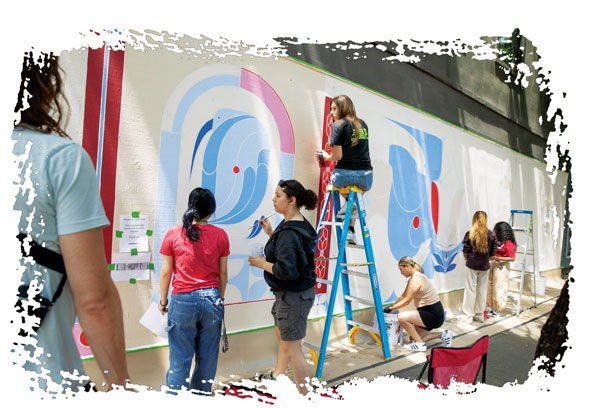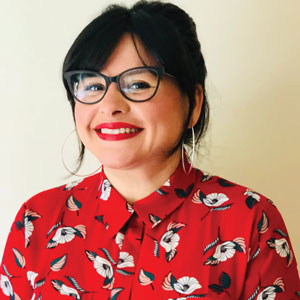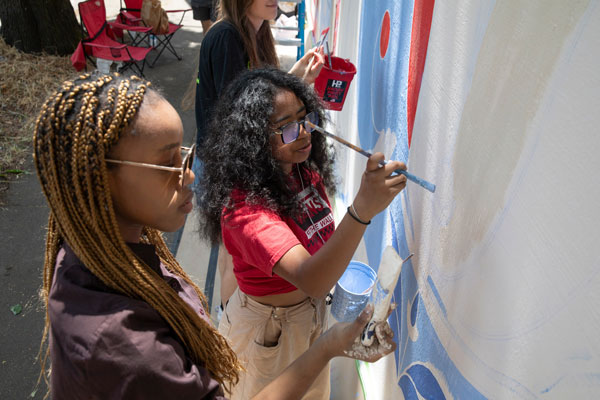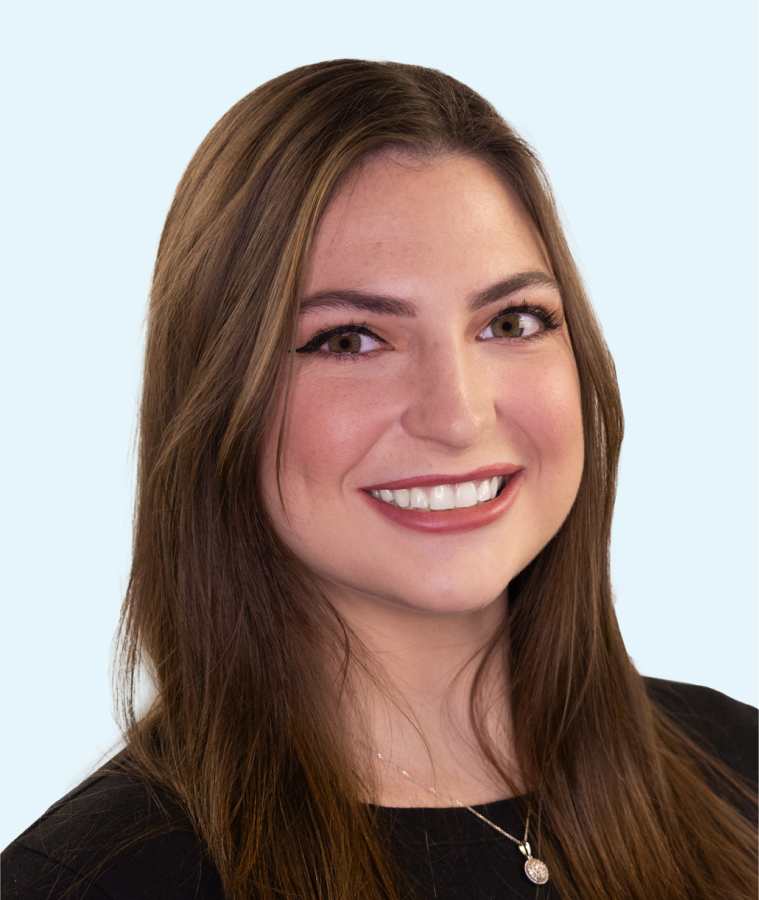The art and culture that exists throughout Oregon is alive and well, pulling in millions of dollars and curious on-lookers each year.
In 2022 alone the state’s arts and culture scene accounted for $829 million of total economic activity in the state and its events drew in nearly 9 million people. While the industry’s economic impact is significant, promoting art and cultural activity is important to enhancing residents’ everyday quality of life.
It has allowed a healthy arts ecosystem to foster throughout every Oregon community. So much so, that in 2023 lawmakers in the state established the first Arts and Culture Caucus to aid in the recovery of art venues and organizations affected by the global pandemic. The domino effect of building these connections begins with hopeful creatives and excels forward with funding support from state and non-profit organizations such as the Oregon Arts Commission and the Oregon Community Foundation.
A consistent aspect of grants awarded year-by-year is that this funding finds independent artist and non-profit organizations that are using art, music and dance to benefit underserved and underrepresented communities. This work has helped remove barriers to developing a diverse and culturally rich artist ecosystem that continues to grow.
One example can be found at one of the Oregon Community Foundation’s 2023 Creative Heights Initiative recipients, who received $100,000 of the $1 million dollar grant to create a cross-organization fellowship for artists with neurodivergent disabilities. Awards were distributed specifically to community-focused art programs for those with disabilities, increasing opportunity and access to innovative art experiences.
“I have been incredibly grateful and felt affirmed in my arts and social change work, because I feel like the Oregon Community Foundation has done their work to pay attention to what we’re experiencing in our communities,” says Activate Arts Founder Crystal Atkins. “Through their grant program they’ve put action toward their equity.”

Resources Build Rural Relationships
For Atkins, art and music have been staple tools in healing wounds garnered through past trauma and integrating herself into the community as a person of color. In addition to growing up conscious of the challenges associated with being neurodivergent, self-expression through creativity was, Atkins says, “crucial to my survival” in navigating the world.
The state has provided a connection to nature that translates through her work and has kept her homegrown roots firmly planted, says the Oregon-born and Portland-raised Atkins. Founding Activate Arts was built upon years of community work, which started at the age of 17 with her first, small non-profit Ethos Music Center in Portland.
 “I feel blessed to have started that early,” says Atkins. “But now, I think that we’ve had so much support, research and evaluation that the arts sector and our communities know how valuable music and art are.”
“I feel blessed to have started that early,” says Atkins. “But now, I think that we’ve had so much support, research and evaluation that the arts sector and our communities know how valuable music and art are.”
After obtaining a degree in Music and Art Therapy from nearby Marylhurst University, which closed in 2018, she went on to work with children’s hospitals, schools, prisons, youth detention centers and families facing homelessness in Oregon.
From an early age research shows that students perform better on standardized tests by de-escalating their brain activity first with music or art activities. This connection to art stays with us our entire lives, as seen with Alzheimer’s patients Atkins has worked with. While some may forget their name or how to swallow, they tend to remember their favorite music. To see first-hand the societal, emotional and spiritual care these individuals, and Atkins alike, experienced through this work, she knew there was more to be done.
“A lot of my work is about cultural identity and placemaking,” says Atkins. “I bring folks out from different parts of the state to create that effort and activism for cultural identity in our rural areas. So we’re very passionate about the distribution of these resources going back to our communities.”
The privilege to work in various regions of the state inspired Atkins to focus on bringing the partnership, resources, education and funding that exists in Oregon’s urban spaces and building this connection throughout the state. So, through Activate Arts initiatives and the aid of outside grant funding, she is able to gather local artists and organize community art projects, festivals and events and build arts curriculum.
“I know it is possible because you can already see it happening through grant making, you see it happening through new projects and community advocacy,” says Atkins. “As we practice it, it becomes more purposeful. I’d hope to see more integrative efforts in our art sector and more support to remove individual cultural barriers.”
Arts Funding Continues
Creatives throughout the state share in Atkin’s mindset, providing new investment opportunities and initiatives to continue on.
In February 2024, the Oregon Arts Commission awarded $265,000 to 53 organizations around the state toward addressing community issues or creating opportunities through art. Each equipped with a $5,000 Art Build Communities grant, awardees will use this funding in a variety of ways to stimulate economic and civic impact.
“These grants help arts and other community-based organizations address a local community problem, issue or need through the arts,” said Arts Commission Chair Subashini Ganesan-Forbes. “All these critical art-centered projects are creative endeavors collectively conceived by local citizens that further strengthen relationships and enrich the rich tapestry of communities across Oregon.”
No two organizations plan to use this funding the same, creating an array of new artistic opportunities spanning from music programs to full-fledged festivals. The Artist Mentorship Program for example, will use the funding to mentor and educate homeless youth through art and music education, providing them with supplies, equipment and performance opportunities. Another project comes from the Lane Arts Council, which will put the $5,000 toward bringing the First Friday ArtWalk to Eugene, Oregon, this summer, showcasing artists within the LGBTQIA+, Native and Indigenous communities.
With activities such as these and more gearing up around the state, the Oregon Community Foundation, the state legislature and the James F. and Marion L. Miller Foundation plan to sweeten the pot with a new $52 million funding influx to Oregon arts and culture organizations. Announced in March 2024, this money will go to major venues and small community arts organizations over the next three years. The hope of this initiative is to spark pre-pandemic level activity engaging with art exhibitions, performances and more.
“Oregon legislators took a major step toward building back the vibrancy of the arts in Oregon. They’re not settling for merely ‘keeping the lights on’ and neither are we. Arts are essential to what makes Oregon, Oregon,” said President and CEO of Oregon Community Foundation Lisa Mensah. “Together, Oregon foundations are stepping forward proactively to send a love letter to Oregon’s arts and culture ecosystem that says, ‘we believe in you.’ ”

